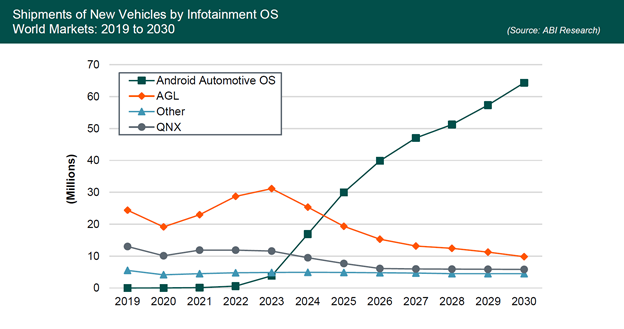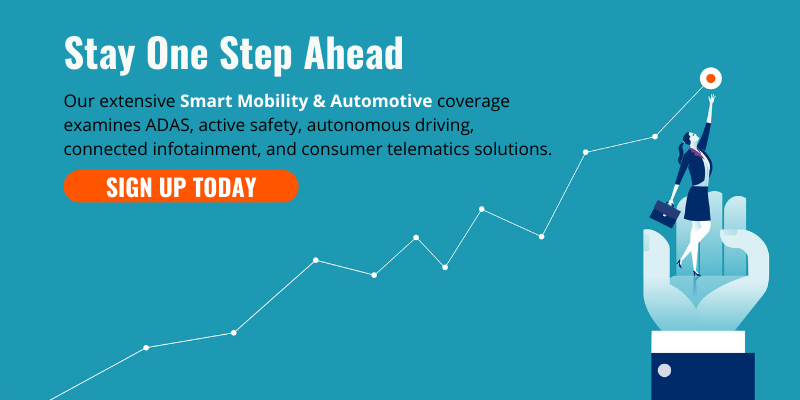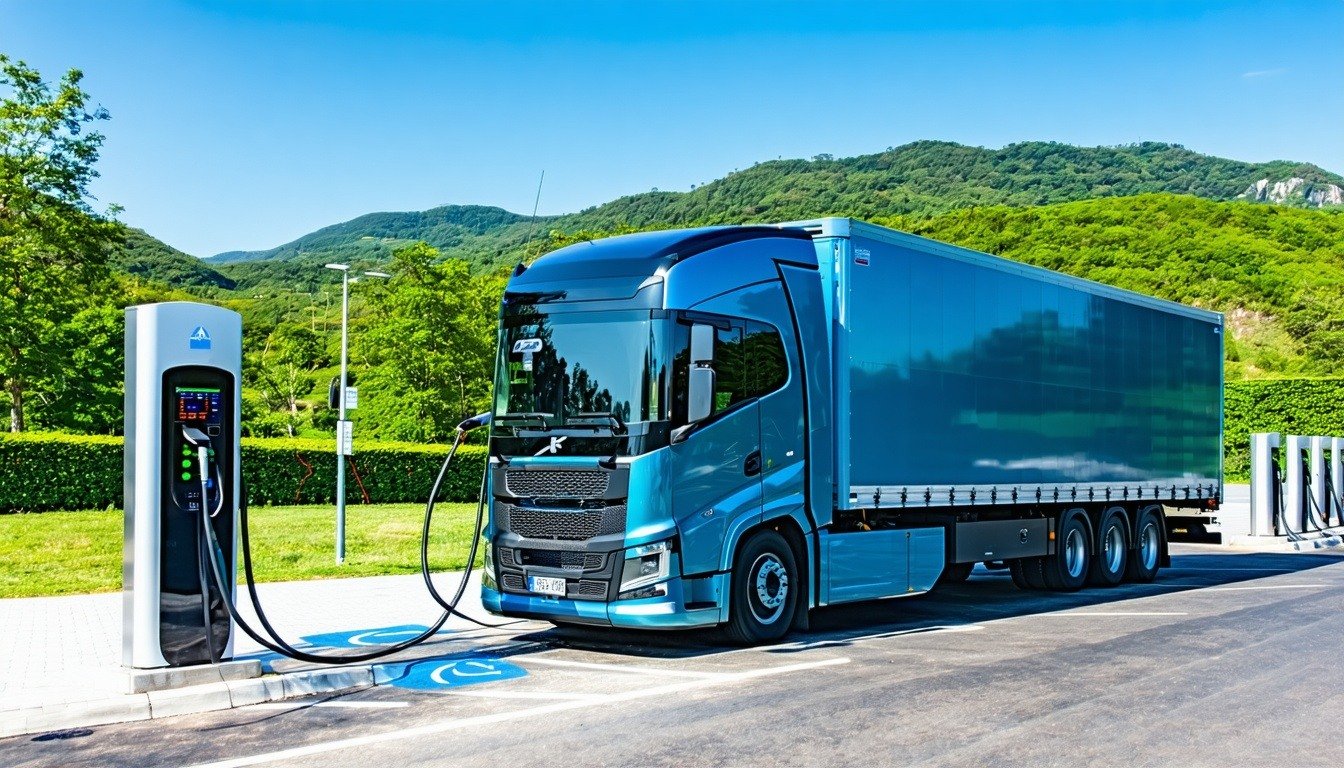If there was only one place to learn about the future of connected vehicle services, it would be at the Consumer Electronics Show (CES). During CES 2022, Android Automotive announced new exciting connected vehicle features like Advanced Driver Assistance Systems (ADAS) activation, YouTube integration with Android Automotive Operating System (AAOS), and the availability of third-party navigation and charging apps.
Automotive suppliers have stated that in just 3 years, Android Automotive OS has gone from the least adopted solution to the most adopted solution. While the opportunity for monetization from infotainment subscriptions and in-vehicle Wi-Fi hotspots is diminishing, there is promise in generating new revenue streams from in-vehicle apps and on-demand features enabled by Android Automotive OS.
Android Automotive OS for Connected Vehicle Services
Without a doubt, Android Automotive OS (AAOS) is going to be the prevailing automotive Operating System (OS) in new vehicles that come with connected services, gaining the upper hand over QNX and Automotive Grade Linux (AGL) by 2025. Android Automotive comes packed with predeveloped automotive extensions (Bluetooth, navigation, etc.) and brings access to a sizeable collection of app developers—two benefits that reduce software development time and costs. Between Android Automotive OS being open source and the fact that there are over 3 billion Internet of Things (IoT) devices that have access to the Google Play Store, Android’s infotainment OS is the most logical solution for most carmakers.
The chart below depicts the number of new vehicles shipping with AAOS, AGL, Blackberry QNX, and other automotive infotainment OS types.

Is Google Automotive Services a Viable Option for Connected Vehicle Services?
Google Automated Services (GAS)—Google Maps, Google Assistant, and the Google Play Store— is built on top of Android Automotive OS. However, GAS is still embryonic, so only 6% of connected vehicles with GAS in 2025. Car OEMs will reserve GAS for high-end models in low volumes for the foreseeable future to test the waters with Google’s vehicle services. If GAS deployments from carmakers like GM and Ford are successful, adoption will take off.
Some of the advantages of GAS include access to popular smartphone apps, integration with Google’s extensive services, and ongoing security and OS updates. Google Maps provides information to users on Electric Vehicle (EV) charging stations, creating a differentiation when marketing to EV manufacturers.
The drawbacks of GAS are that licensing fees are quite pricey (up to US$40 per phone in Europe), the requirement for an online connection, and the uncertainty surrounding Google’s long-term commitment to GAS.
The Connected Vehicle Services Middle Man Benefits From GAS Resistance
Many carmakers offering connected vehicle services will choose to use Android Automotive OS but forego GAS in favor of an alternative solution, opening up a huge opportunity for third-party infotainment and software solution providers.
Aptiv introduced the first Android Automotive-based infotainment solution to the world with the Polestar 2. Aptivs’s solution allows drivers to gain access to Google Maps, Google Assistant, Google Play Store, and over-the-air (OTA) updates. Hands-free tasks that can be carried out with the Aptiv-connected vehicle platform are:
- Climate control
- Music streaming
- Messaging
- Navigation
- Media playback via phone
- Car-optimized app downloading
HARMAN is another example of a software company taking advantage of the void that GAS resistance has created in the connected vehicle services market. HARMAN’s Ignite Store is Android Automotive-compliant and allows OEMs to offer in-house and third-party applications and services, as well as on-demand features to customers. Personalized user experiences can be developed because OEMs can choose which features and apps they want to be based on region, market, vehicle type, and other data.
In addition to audio, productivity, Point of Interest (POI), parking, and charging applications, HARMAN has also focused on delivering video content. Considering Google is lagging behind in terms of in-vehicle video content, HARMAN is tapping into the growing Bring-Your-Own-Device (BYOD) market. Adding to this, HARMAN has allied with ACCESS to integrate with the Twine4Car platform that allows automotive OEMs to offer video, live TV, and rear-seat entertainment to customers with speaker support for audio playback.
Managing the Threat to Vehicle Navigation Services
If GAS adoption takes off and Google prohibits carmakers from deploying third-party navigation alongside GAS, navigation solution providers will face fierce competition from the tech giant given the enormous user base of Google Maps. One of the best ways for navigation providers to gain leverage over GAS is by focusing on offline compatible navigation, which GAS lacks. Moreover, developing a navigation solution that is complemented by ADAS and HD map functions will catch the attention of carmakers, as long as price points are competitive. To make these pivots, navigation solution providers must find a way to enhance the following:
- User Interface (UI)
- User Experience (UX)
- OTA update frequency
- Range of traffic alerts
- Push notifications
Notable companies offering robust navigational solutions to car OEMs are TomTom and HERE.
Connected Vehicle Services Need Chip Vendors Too
Because carmakers are increasingly requiring Android Compatibility Definition Document (CDD) hardware compliance, they turn to semiconductor suppliers with powerful System-on-Chips (SoCs). This has created an entirely new business opportunity that previously didn’t exist for semiconductor suppliers. Suppliers who invest in seamless SoC integration with connected vehicle software will find favor among carmakers.
Although smartphone chip manufacturers will surely attempt to penetrate the automotive market, incumbent providers can use their experience in automotive-grade semiconductors to stay ahead of the curve. What’s important is that SoCs with Android Automotive OS compatibility are tailor-made to the connected vehicle services application.
Learn about some more automotive trends in ABI Research's 2023 technology trends whitepaper.
How Android Automotive Affects Car OEMs Offering Connected Vehicle Services
It’s nigh time for OEMs to look at the automotive market in terms of recurring revenue. Android has been a godsent for OEMs as Android Automotive drastically cuts down on the time-to-market and software development costs. That way, OEMs can dedicate more time and resources toward building apps and services for connected vehicle owners. GAS undoubtedly provides a wide range of connectivity options and an enormous app store, but OEMs must forfeit full control over the UX.
If GAS will be adopted, then it’s best to phase out deployment in new vehicle models as a way to identify strengths and weaknesses, then form an optimal strategy going forward. It’s worth noting that GAS long-term revenue will be heavily dependent on OTA updates.
For car OEMs that decide to avoid GAS, striking up partnerships with app stores that offer customization and flexibility will be key as they square off against the ever-growing Google Play Store. Further, investment in infotainment UX must be substantive if OEMs can compete with mainstream brands that have partnered with Google.
To learn more about how connected vehicle services and Android Automotive can work hand-in-hand, download ABI Research’s Perfecting an Android Automotive Strategy research analysis report. Also be sure to check out our Connected Car Semiannual Update: 2H 2022 presentation. These reports come from the company's Smart Mobility & Automotive Research Service.





